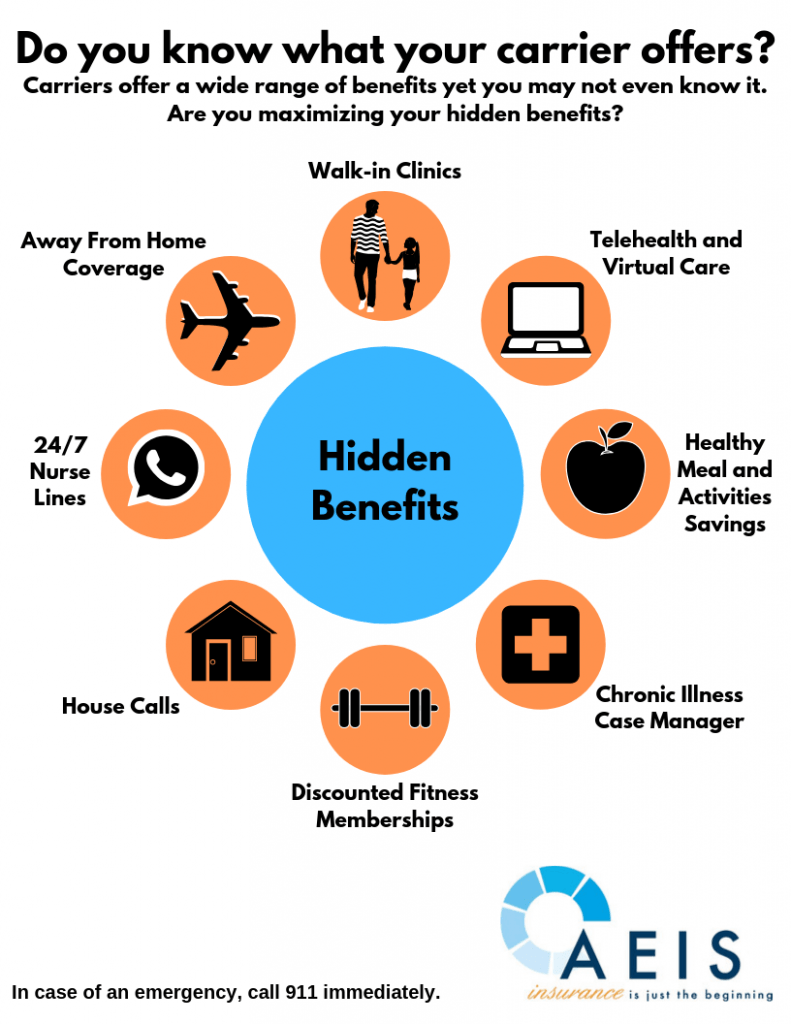Little Known Questions About Life Insurance In Toccoa, Ga.
Table of ContentsSome Ideas on Health Insurance In Toccoa, Ga You Need To KnowA Biased View of Health Insurance In Toccoa, GaWhat Does Insurance In Toccoa, Ga Do?The Single Strategy To Use For Insurance In Toccoa, Ga

1 and 3. 2 (Life Insurance in Toccoa, GA), for more information. New immigrants represent a considerable proportion of people without medical insurance. One evaluation has actually associated a considerable part of the recent development in the dimension of the united state uninsured populace to immigrants who showed up in the nation in between 1994 and 1998 (Camarota and Edwards, 2000)
Wellness insurance coverage is a key aspect in most models that show access to healthcare. The partnership between medical insurance and accessibility to care is well developed, as recorded later on in this chapter. Although the relationship in between medical insurance and health and wellness end results is neither direct neither basic, an extensive professional and wellness solutions research literature links wellness insurance policy coverage to enhanced access to care, much better top quality, and improved individual and population wellness standing.
The Best Guide To Annuities In Toccoa, Ga
The problems encountered by the underinsured are in some aspects similar to those dealt with by the without insurance, although they are usually less extreme. Wellness insurance policy, nonetheless, is neither needed nor adequate to obtain access to clinical services. The independent and direct result of health insurance protection on access to wellness services is well established.
Others will get the healthcare they need even without medical insurance, by spending for it expense or seeking it from suppliers who supply care totally free or at highly subsidized prices - Final Expense in Toccoa, GA. For still others, health insurance policy alone does not make certain receipt of treatment as a result of other nonfinancial obstacles, such as a lack of health and wellness care providers in their neighborhood, restricted accessibility to transportation, illiteracy, or linguistic and cultural differences
The 4-Minute Rule for Final Expense In Toccoa, Ga
Official study about uninsured populaces in the United States dates to the late 1920s and very early 1930s when the Board on the Price of Treatment produced a series of records concerning financing doctor workplace check outs and hospitalizations. This issue came to be prominent as the varieties of clinically indigent climbed throughout the Great Depression.
Empirical research studies continually support the link in between access to care and improved wellness outcomes (Bindman et al., 1995; Starfield, 1995). Having a routine resource of treatment can be thought about a forecaster of access, instead than a direct step of it, when wellness outcomes are themselves used as access signs.
Everything about Final Expense In Toccoa, Ga

Emergency situation divisions are portrayed as a pricey and inappropriate site of main treatment services, lots of Recommended Reading uninsured people seek treatment in emergency situation divisions due to the fact that they are sent there by various other health care providers or have no place else to go. The chapter also provides details regarding the threat of being or ending up being without insurance: How does the possibility of being uninsured change depending on selected features, such as racial and ethnic identification, rural or urban residency, and age? What are the likelihoods for particular populations, such as racial and ethnic minorities, country homeowners, and older working-age individuals, of being without insurance?